The US and Japanese governments have recently expressed support for a project to build the first high-speed rail line in the US using Japanese technology, after the leaders of the two countries met on April 10. According to Reuters, US President Joe Biden is looking to revive the high-speed rail project connecting the two cities of Dallas and Houston in Texas. The world's largest economy with more than 340 million people wants to promote the construction of high-speed rail, attracting attention, while many other countries are also racing to invest in this field.
America enters the game
The Texas high-speed rail project, which is expected to cost between $25 billion and $30 billion and be 230 miles long, is expected to be built and operated by Texas Central Partners and Amtrak. It will cut the travel time between the two cities to 90 minutes, compared to three and a half hours by car. Japanese lenders, including the Japan Bank for International Cooperation (JBIC), have agreed to provide loans to develop the line, which is expected to use Japan's Shinkansen bullet train technology.
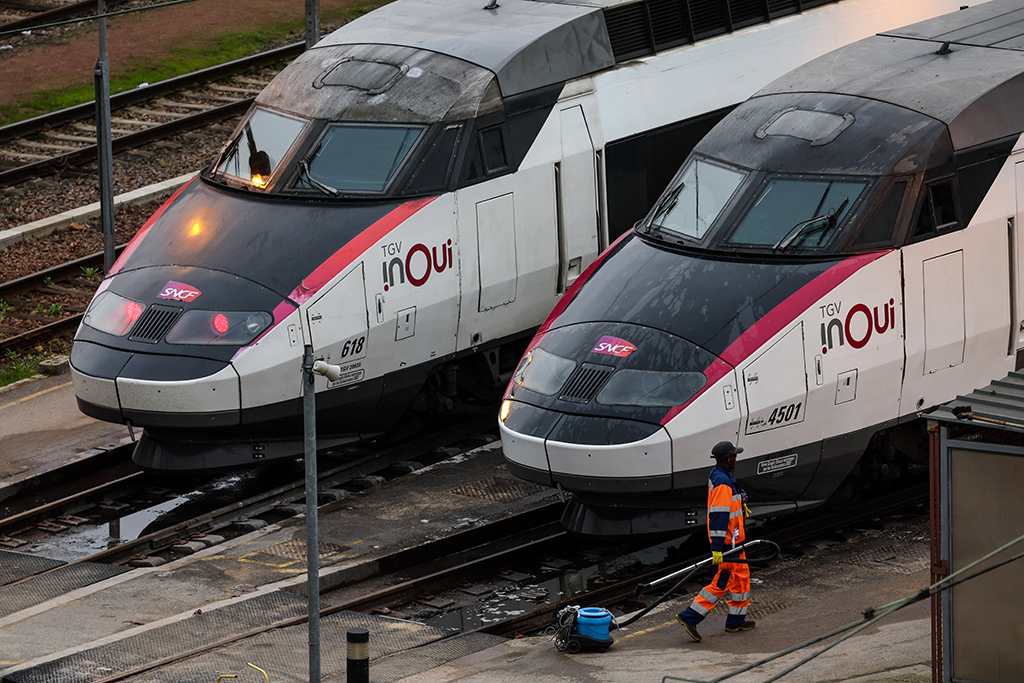
TGV InOui high-speed trains in Paris (France)
Not only in Texas, the US is also promoting a high-speed rail project in California, helping to shorten the travel time between the two cities of Los Angeles and San Francisco to less than 3 hours. According to Railway Gazette International , the California High-Speed Rail Authority is inviting proposals and is expected to award contracts this year to build two prototype trains capable of operating at 355 km/h and testing at 390 km/h. The authority hopes that this railway will be in operation before 2030.
Series of projects
Japan started the trend of building high-speed rail with the Shinkansen in 1964, but the race really heated up after the French TGV high-speed rail line was launched in the early 1980s, according to CNN. To date, China has built about 43,700 km of high-speed rail, accounting for 28.1% of the country's rail network. Many European countries, South Korea, and Russia have also built modern high-speed rail lines.
According to Rail Technology , a total of 250 railway projects were started worldwide last year, with a total investment of nearly $250 billion. Asia continues to dominate with 42% of the projects, including 40 projects in India and 28 projects in China. China is building a high-speed railway connecting Yan'an City with Yulin City in Shaanxi Province. The nearly 240 km long railway has a design speed of 350 km/h, with an investment of $9.3 billion and is expected to be completed in 2027. In addition, China is also building a 64 km long high-speed railway in Ningbo City (Zhejiang Province), expected to be completed in 2026.
In Europe, Poland is investing $8.9 billion in a megaproject that includes a new airport southwest of Warsaw, 2,400 km of upgraded railways and 1,800 km of new high-speed rail. In Russia, President Vladimir Putin has just announced the VSM-1 high-speed rail project connecting Moscow and St. Petersburg, with speeds of up to 400 km/h and operational by 2030. Last year, the first high-speed rail line in Southeast Asia opened in Indonesia, connecting Jakarta with the West Java provincial capital of Bandung; the 140 km journey takes just 28 minutes at speeds of up to 350 km/h.
High-speed rail has not exceeded 600 km/h
According to ABC News, in addition to Japan and France, which have developed it first, about 10 other countries have also started building high-speed rail since 2010. There is no common standard, but high-speed rail is generally understood as a route for trains traveling at speeds above 250 km/h.
According to Associate Professor Philip Laird at the University of Woloongong (Australia), trains running on rails cannot reach speeds exceeding 350 km/h too often. The reason is believed to be technological limitations that do not allow trains to go faster. Under special test conditions, a modified version of the TGV (France) once reached a speed of 574.8 km/h. Even the Shanghai Maglev (China), currently the fastest train in the world, only reaches 460 km/h. The 30 km route connecting Shanghai Pudong Airport with Longyang Station takes about 7.5 minutes by train.
Japan has a 42km long line that is testing a maglev train at a speed of 503km/h, but it is not expected to operate before 2030. When it begins operation, Japan's new generation maglev train is expected to connect the two cities of Tokyo and Nagoya at a speed of 500km/h.
Source link


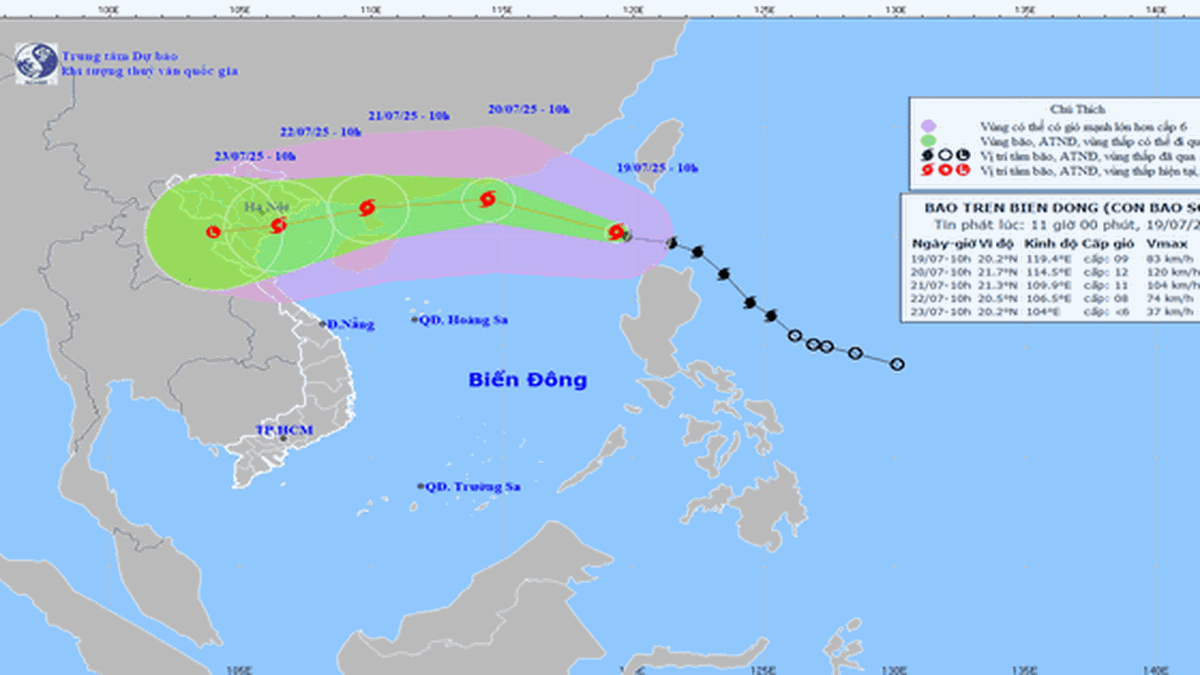

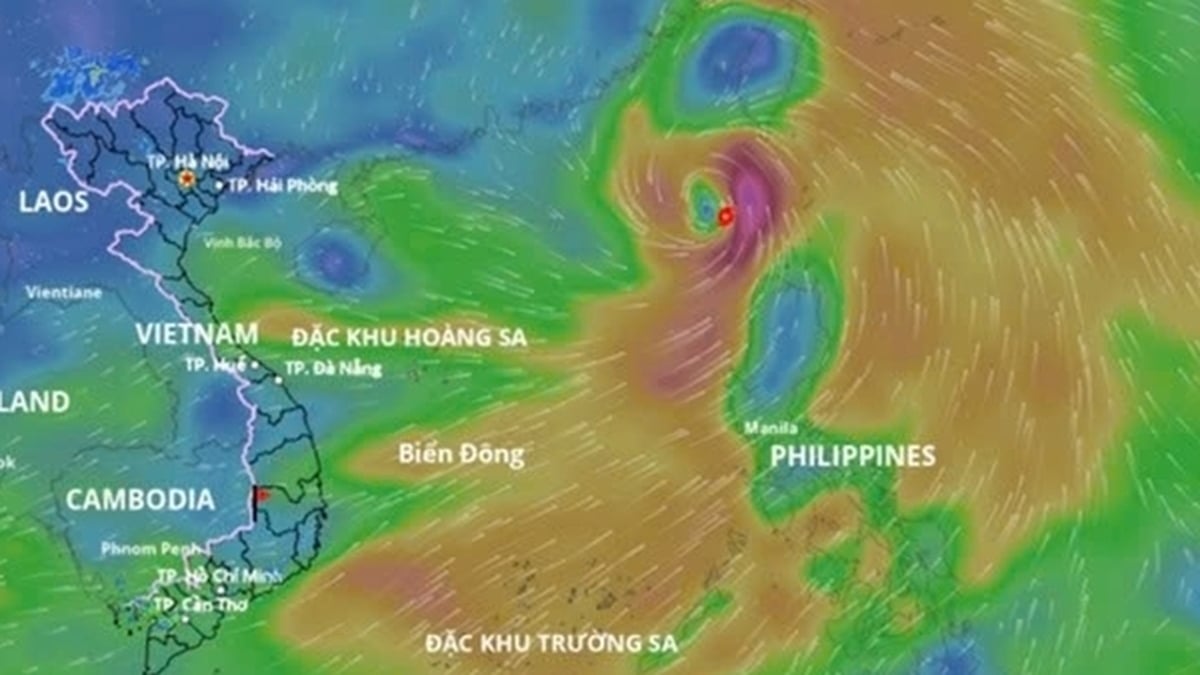



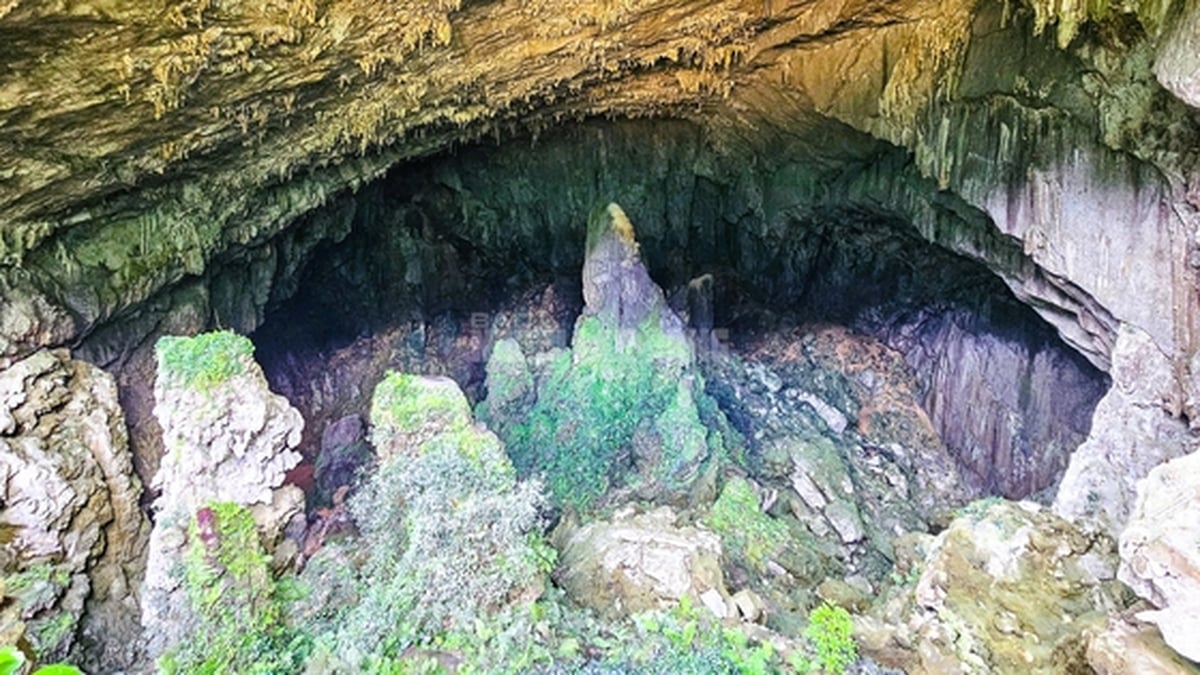


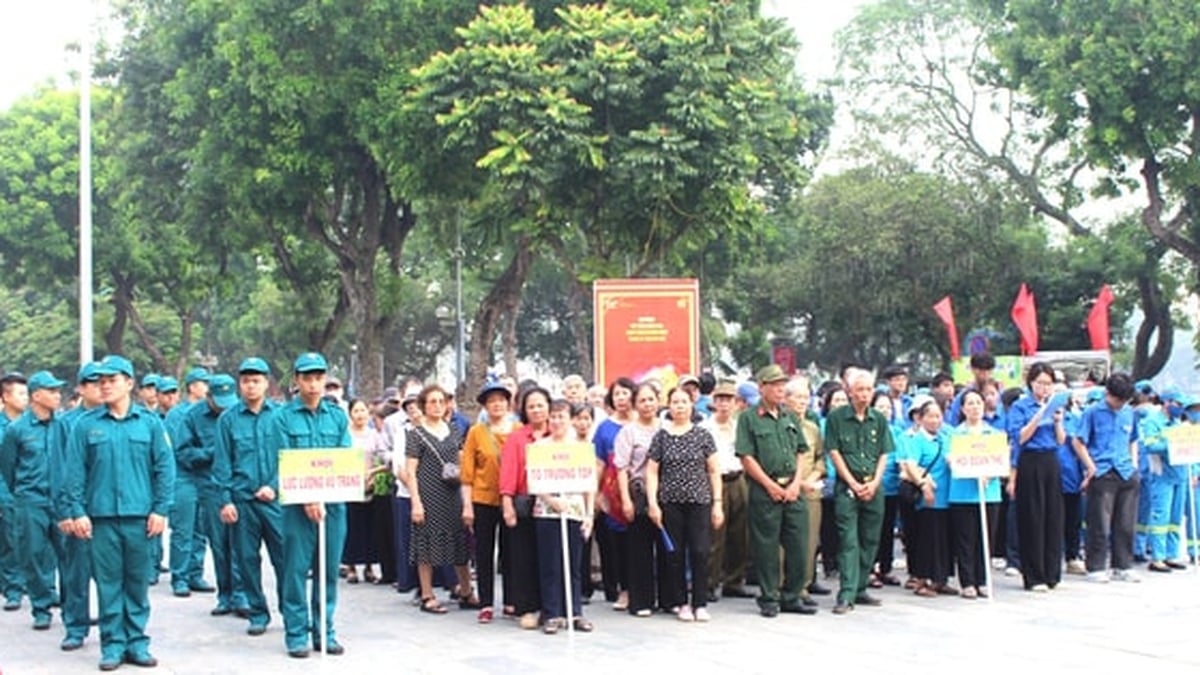



















































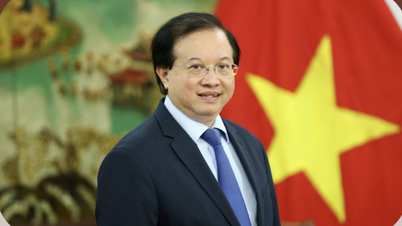



































Comment (0)